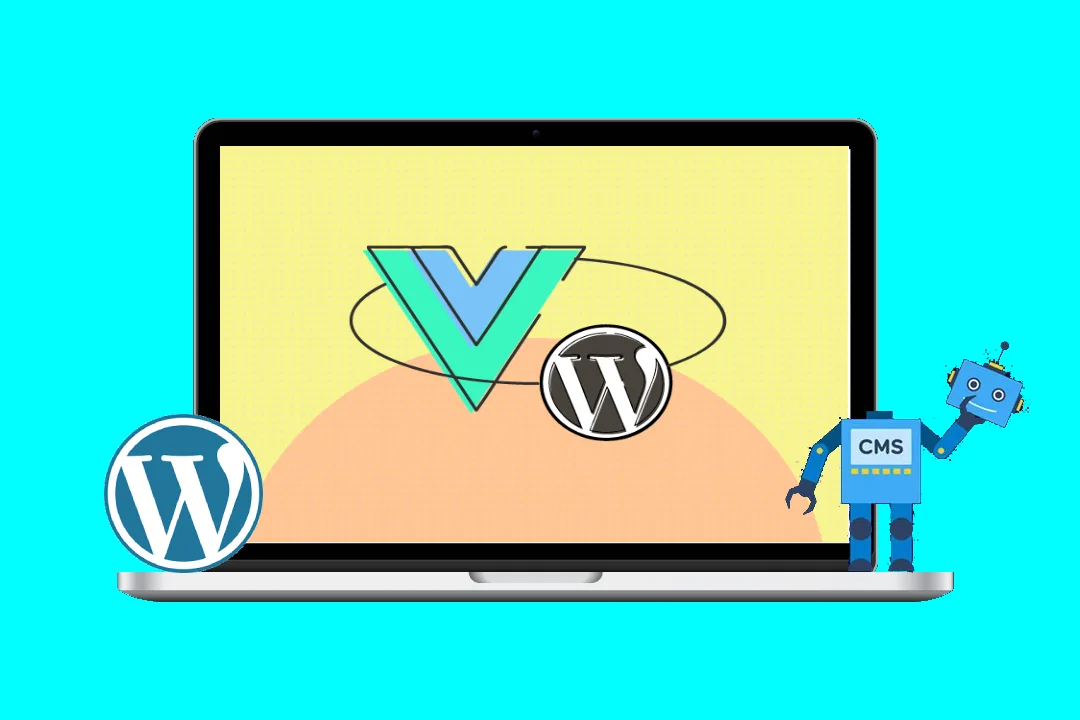Supercharging WooCommerce with Vue.js in Gutenberg: A Comprehensive Guide
WooCommerce is a powerful e-commerce plugin for WordPress, but its default customization options can sometimes feel limiting. Gutenberg, WordPress’s block editor, offers a more flexible approach to content creation, but integrating advanced JavaScript frameworks like Vue.js requires a deeper understanding of both systems. This blog post will guide you through building a custom WooCommerce product display block using Vue.js within the Gutenberg editor. We’ll cover everything from setting up the development environment to deploying the finished product.
I. Project Setup & Dependencies:
Before we dive into the code, let’s ensure our development environment is properly configured. We’ll need:
- Node.js and npm (or yarn): These are essential for managing JavaScript packages and running the development server. Download and install the latest versions from nodejs.org.
- WordPress with WooCommerce: Install a fresh WordPress instance and activate the WooCommerce plugin.
- Code Editor: Choose your preferred code editor (VS Code, Sublime Text, Atom, etc.).
- Basic understanding of Vue.js, JavaScript, and WordPress development: This tutorial assumes a foundational knowledge of these technologies.
Let’s create a new directory for our project, say woocommerce-vue-gutenberg. Inside, create the following directory structure:
woocommerce-vue-gutenberg/
├── src/
│ ├── index.js
│ └── components/
│ └── product-block.vue
└── build/ // This directory will be created laterNext, initialize a new npm project:
cd woocommerce-vue-gutenberg
npm init -yNow, install the necessary packages:
npm install --save-dev @wordpress/scripts webpack webpack-cli @babel/core @babel/preset-env babel-loader vue-loader vue-template-compilerThese packages provide the necessary tools for building our Vue.js components and integrating them with WordPress. @wordpress/scripts helps with building the WordPress plugin.
II. Creating the Vue.js Component:
Let’s build our product-block.vue component in src/components. This component will fetch and display WooCommerce product data.
<!-- src/components/product-block.vue -->
<template>
<div v-if="products.length > 0">
<h2>Featured Products</h2>
<ul>
<li v-for="product in products" :key="product.id">
<a :href="product.permalink">
<h3>{{ product.name }}</h3>
<img :src="product.image.src" :alt="product.name">
<p>{{ product.price }}</p>
</a>
</li>
</ul>
</div>
<div v-else>Loading Products...</div>
</template>
<script>
import axios from 'axios';
export default {
name: 'ProductBlock',
data() {
return {
products: [],
};
},
mounted() {
axios.get(wcApiUrl + '/products')
.then(response => {
this.products = response.data;
this.products.forEach(product => {
product.image = {
src: product.images[0].src
}
})
})
.catch(error => {
console.error('Error fetching products:', error);
});
},
};
</script>This component uses axios to fetch product data from the WooCommerce REST API. Remember to install it:
npm install axiosIII. Building the Gutenberg Block:
Now, let’s create the main JavaScript file (src/index.js) that registers our block with Gutenberg.
// src/index.js
import { registerBlockType } from '@wordpress/blocks';
import ProductBlock from './components/product-block.vue';
import Vue from 'vue';
const { __ } = wp.i18n; // Import i18n
const wcApiUrl = window.wc_api_url || 'http://your-wordpress-site.com/wp-json/wc/v3'; //Replace with your actual REST API URL
const { render, registerBlockStyle } = wp.blocks;
const { InnerBlocks, useBlockProps } = wp.blockEditor;
registerBlockType('my-plugin/product-block', {
title: __('Product Block'),
icon: 'cart',
category: 'common',
edit: ({ attributes, setAttributes }) => {
const blockProps = useBlockProps();
return (
<div {...blockProps}>
<VueComponent :props="{ wcApiUrl }"/>
</div>
);
},
save: () => {
return <InnerBlocks.Content />; // This is a crucial part for Gutenberg to render the Vue Component
},
attributes: {
//Add attributes as needed
}
});
const VueComponent = {
render(createElement) {
return createElement(ProductBlock, { props: this.$props })
}
};
Vue.component('product-block', ProductBlock);
//Registering VueComponent in the WordPress Environment
Vue.use(Vue);
IV. Webpack Configuration:
We need a webpack.config.js file to bundle our Vue.js component and make it compatible with WordPress. Create this file in the root directory:
// webpack.config.js
const path = require('path');
module.exports = {
entry: './src/index.js',
output: {
path: path.resolve(__dirname, 'build'),
filename: 'index.js',
},
module: {
rules: [
{
test: /.vue$/,
loader: 'vue-loader',
},
{
test: /.js$/,
exclude: /node_modules/,
use: {
loader: 'babel-loader',
options: {
presets: ['@babel/preset-env'],
},
},
},
{
test: /.css$/,
use: ['style-loader', 'css-loader'],
},
],
},
resolve: {
extensions: ['.js', '.vue'],
alias: {
'vue$': 'vue/dist/vue.esm.js' // use esm for webpack
}
},
};V. Building and Deploying:
To build our plugin, run:
npm run build // You might need to create a "build" script in your package.jsonThis will create a build directory containing the bundled JavaScript file. Now, create a my-woocommerce-vue-block.php file (or similar) to register your plugin in WordPress. This is a basic example – adapt it to your specific needs:
<?php
/**
* Plugin Name: My WooCommerce Vue Block
* Plugin URI: https://yourwebsite.com/
* Description: A custom WooCommerce block using Vue.js.
* Version: 1.0.0
* Author: Your Name
* Author URI: https://yourwebsite.com/
* License: GPL2
* License URI: https://www.gnu.org/licenses/gpl-2.0.html
* Text Domain: my-woocommerce-vue-block
*/
// Enqueue scripts and styles
function my_woocommerce_vue_block_enqueue_scripts() {
wp_enqueue_script(
'my-woocommerce-vue-block-script',
plugins_url( 'build/index.js', __FILE__ ),
array( 'wp-blocks', 'wp-element', 'wp-i18n', 'wp-editor' ),
'1.0.0',
true
);
// Add the WooCommerce API URL to the global scope - adjust accordingly
wp_localize_script( 'my-woocommerce-vue-block-script', 'wc_api_url', rest_url( 'wc/v3' ) );
}
add_action( 'enqueue_block_editor_assets', 'my_woocommerce_vue_block_enqueue_scripts' );
add_action( 'wp_enqueue_scripts', 'my_woocommerce_vue_block_enqueue_scripts' );
?>Place this file and the build folder in your WordPress plugins directory. Activate the plugin, and you should now see your custom "Product Block" in the Gutenberg editor.
VI. Advanced Features and Considerations:
This is a basic example. You can expand this to include:
- Pagination: Handle large product catalogs by adding pagination to your Vue component.
- Filtering and Sorting: Allow users to filter products by category, price, etc.
- Product Details: Display more detailed product information within the block.
- Error Handling: Implement robust error handling for API requests.
- Styling: Use CSS to style the block to match your theme.
- Security: Sanitize all user inputs to prevent XSS vulnerabilities.
Remember to replace "http://your-wordpress-site.com/wp-json/wc/v3" with your actual WooCommerce REST API endpoint. Ensure your WordPress site allows CORS requests if you’re developing locally and accessing the API from a different origin. This enhanced example demonstrates the potential of combining the power of WooCommerce, the flexibility of Gutenberg, and the reactivity of Vue.js. By following these steps, you can create highly customized and engaging e-commerce experiences. Remember to always thoroughly test your plugin before deploying it to a production environment.
